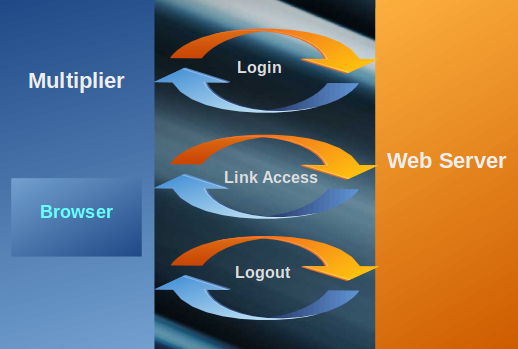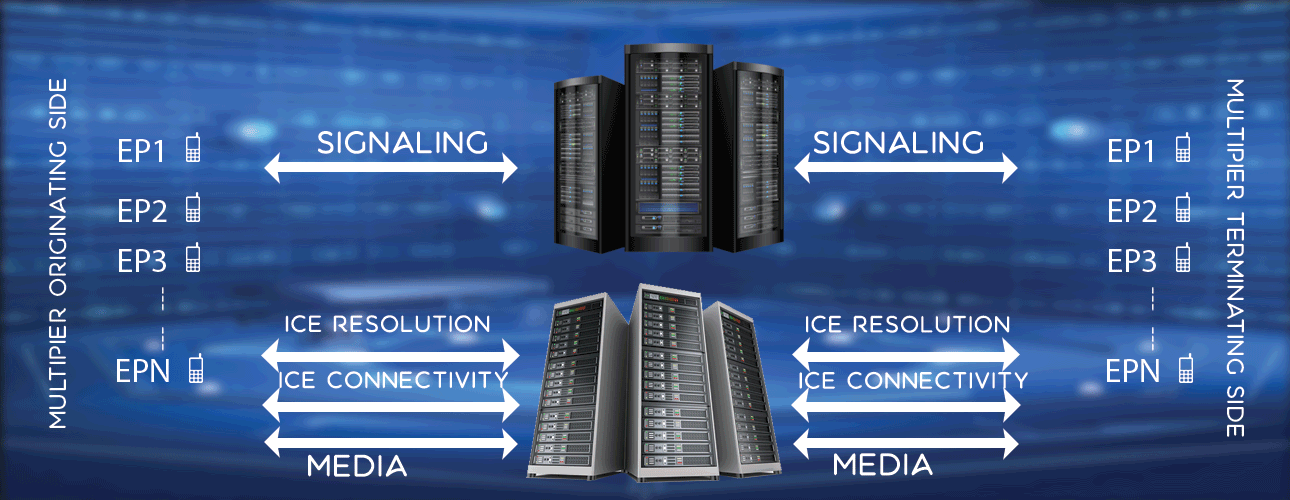How to test Web sites
Introduction
LM Tools supports web page testing. You can use LM Tools's easy recorder to record HTTP / HTTPS transactions. Then you can configure LM Tools as per message content and transaction sequence as recorded by the recorder. There are many tools to do web page testing, but LM Tools is quite unique. In addition to HTTP / HTTPS transactions, if you have some other transactions like Websocket transactions, it is easy to configure such transactions. Any proprietary activity you can simulate during HTTP / HTTPS simulation as well.
Test Setup
Install LM Tools in a recommended machine. Configure LM Tools to access links. If you want to access protected links, first login and then access those protected links as shown in below diagram. You can access as many links as you want either sequentially or in parallel.

Please note that you can access both HTTP and HTTPS sites. LM Tools recorder can record both HTTP and HTTPS sites, and accordingly configure the tool. There are certain cases (rare though), you need to send some HTTP messages with huge body. You can achieve such simulations by making use of several body templates (each template under 8KB). Practically you can send / receive as big as messages you want without any limitation.
Features
- Access HTTP sites
- Access HTTPS sites
- Login / Logout facilities
- Execute Websocket transactions in between HTTP/HTTPS transactions if required
- Execute any (like TCP / TLS / SCTP / DTLS) transactions in between HTTP/HTTPS transactions if required
- Activate media engine in between HTTP transactions if required
Examples
Here is a simple example, how to access web links using LM Tools.
Please note above example is a simple one. You can extend it to a meaningful test suite depending on your requirement. To check all supported features, syntax and procedure to achieve those please refer user guide.

